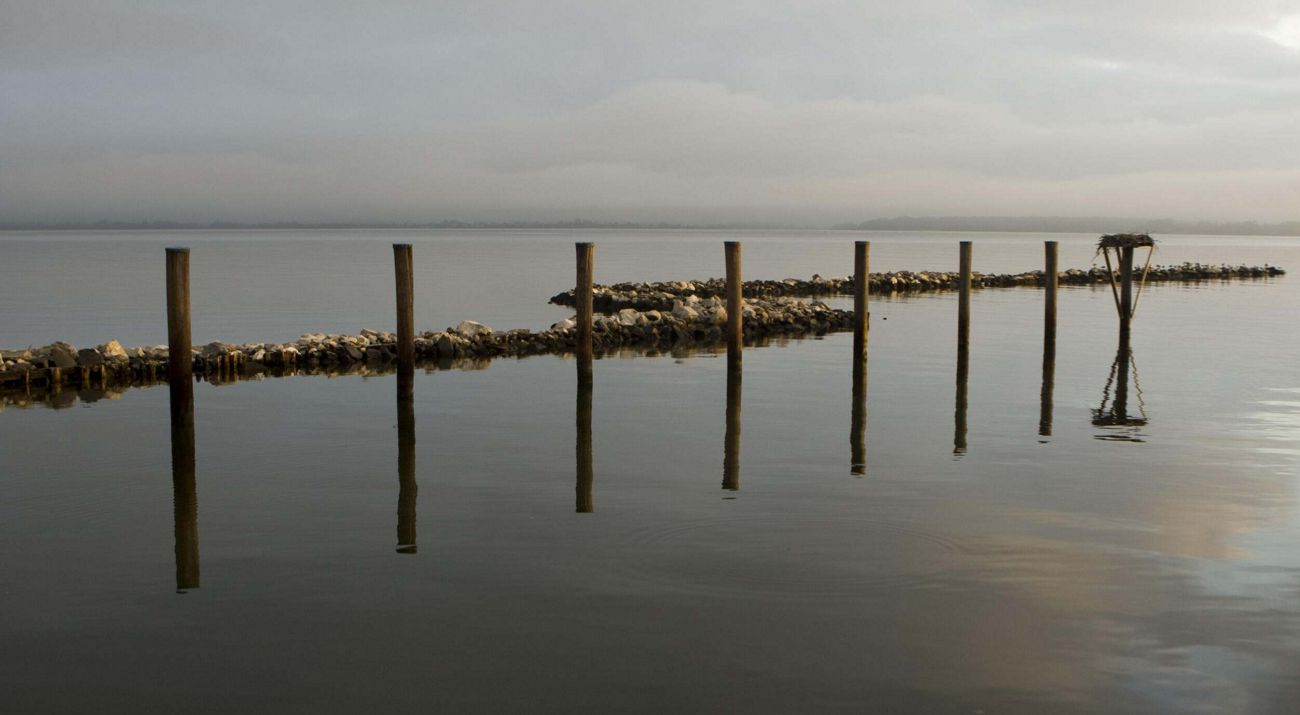Taken from a larger report titled A Sustainable Chesapeake: Better Models for Conservation, this report is a review of seven relevant green infrastructure case studies from the Chesapeake Bay watershed and connected regions. These case studies are summarized and evaluated in the linked chapter of the study. The remaining five chapters discuss climate change solutions, stream restoration, conservation incentives, and watershed protection. The seven case studies are chosen examples of green infrastructure.
State: Maryland
Landscape Context: Coastal
Housing Density: Rural
Funding Type: Private
Habitat Focus: Forest, Wetlands
Organizations Involved:
The Conservation Fund
Values:
Water Quality, Floodplains/Flood Prevention, Open Space/Habitat
Stakeholder Involvement:
Stakeholders were involved; the authors write that public participation increases acceptance of the plan, as well as the likelihood of its implementation.
Planning Process:
The authors outline a brief planning approach that was common to all seven of the green infrastructure case studies they chose. Primarily, they advocate that a successful vision assigns responsibilities and recommended actions at every relevant scale, both geographical and jurisdictional. In addition, it outlines implementation tools to be used (land acquisition, easements, or best management practices). Finally, the successful framework is based on sound analytics and presented in a simple, useful format that allows for public participation.
Desired Outcomes:
The Greenprint aims to catalyze strategic land conservation of large intact natural areas, as well as working forestlands and create corridors between these areas.
What It Accomplished:
A current review and compilation of green infrastructure projects in the Chesapeake Bay, past and present.
